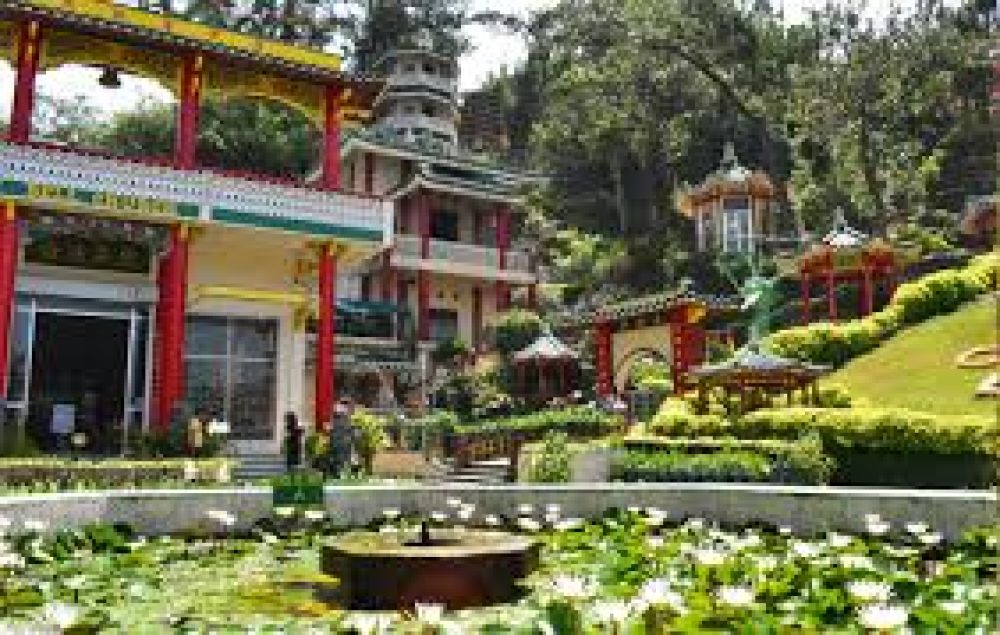

Nestled in the mountainous terrains of the Cordillera region, the Bell Church is one of the many attractions in Baguio City, Philippines. This historical site stands as a testament to the cultural diversity and religious harmony prevalent in the region. Its origins can be traced back to the early Chinese immigrants who settled in Baguio, one of the country's premier tourist destinations.
The Bell Church was established by Chinese-Filipino settlers over fifty years ago, reflecting the Chinese community's strong presence in the city. It was built as a place of worship for the Chinese folk religion and has served as a spiritual foundation for the local and immigrant Chinese community. This unique temple complex is characterized by its distinct architecture that blends traditional Chinese styles with elements of Taoism, Buddhism, and Confucianism.
Tourists flock to the Bell Church to witness its striking architectural design, which is adorned with intricately designed archways, pagoda-style roofs, and dragon embellishments. The site not only offers a serene ambiance for reflection but also presents the opportunity to explore the rich tapestry of Chinese religious culture and its influence on Philippine society.
Over the years, the Bell Church has grown into a popular cultural and religious landmark for both local and international tourists. It has played a significant role in Baguio's tourism growth, contributing to the city's reputation as the "Summer Capital of the Philippines." Visitors often combine their trip to the Bell Church with other nearby attractions such as the Burnham Park, the Baguio Cathedral, and Session Road.
In recent years, the tourism industry in Baguio, including visits to the Bell Church, has seen the advent of experiential and cultural tourism trends. Tourists are increasingly seeking authentic, local experiences that offer a deeper understanding of the region's heritage. The Bell Church fits perfectly into this narrative, allowing visitors to immerse themselves in a unique cultural milieu.
The rise of digital media and platforms has also shaped how tourists interact with destinations like the Bell Church. Through social media and travel blogs, the landmark has gained wider recognition, drawing a new generation of travelers eager to explore hidden gems beyond the conventional tourist circuits.
Sustainable tourism practices are now more important than ever to ensure the conservation of Baguio's historical sites, including the Bell Church. Government and non-governmental initiatives are focused on preserving the site's cultural integrity while accommodating the influx of visitors. Engagement with local communities and education about the history and importance of the Bell Church are integral to these sustainability efforts.